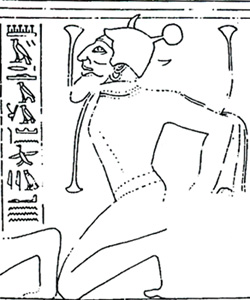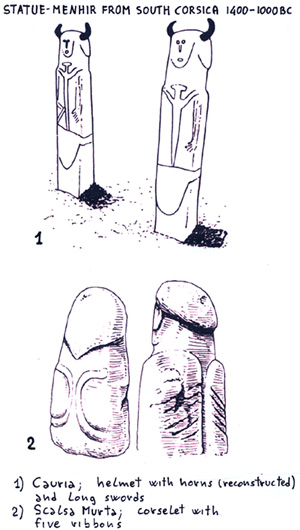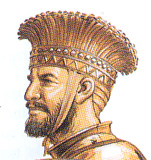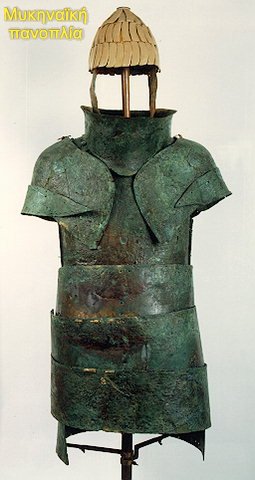I have updated my article on the Genetic History of Italy, adding a section arguing that the Romans were predominantly R1b-U152 (S28) based on the geographic distribution colonies founded by the Roman inside Italy. I have created a map showing the locations of Roman colonies and U152 frequencies.


Last edited:



















